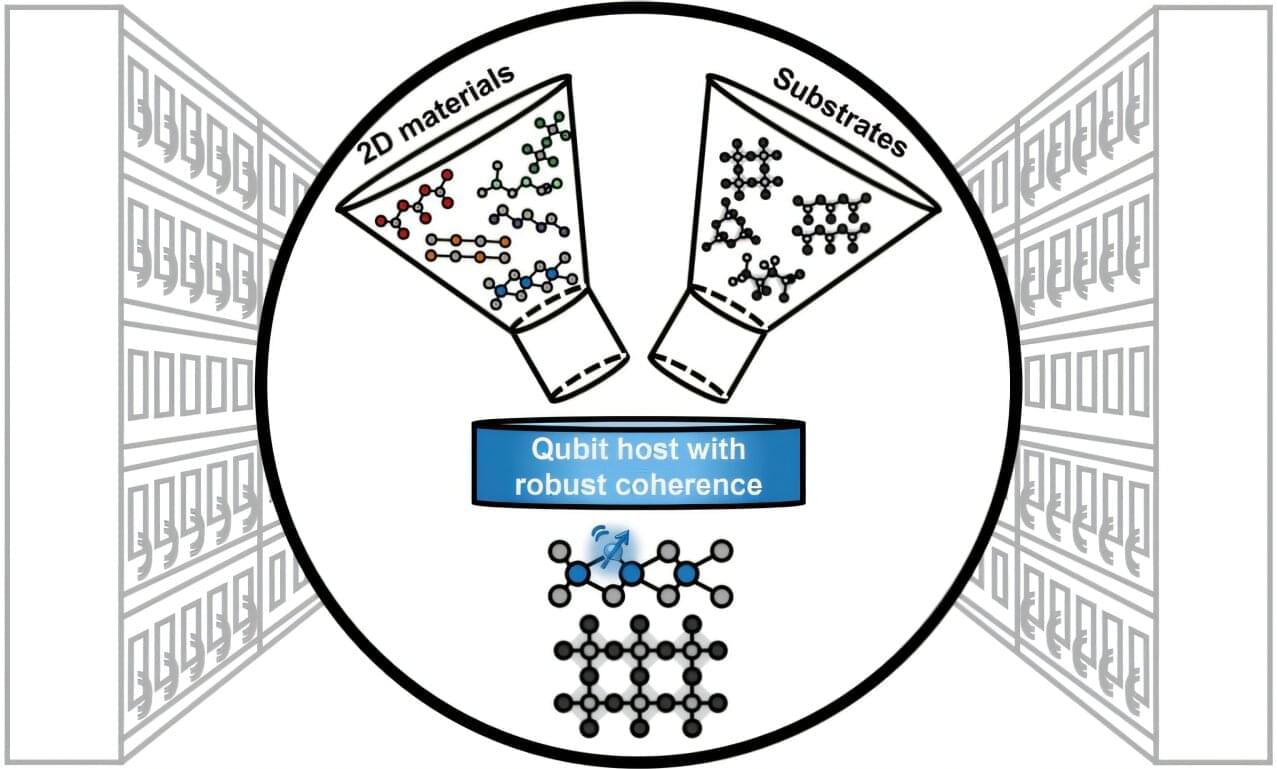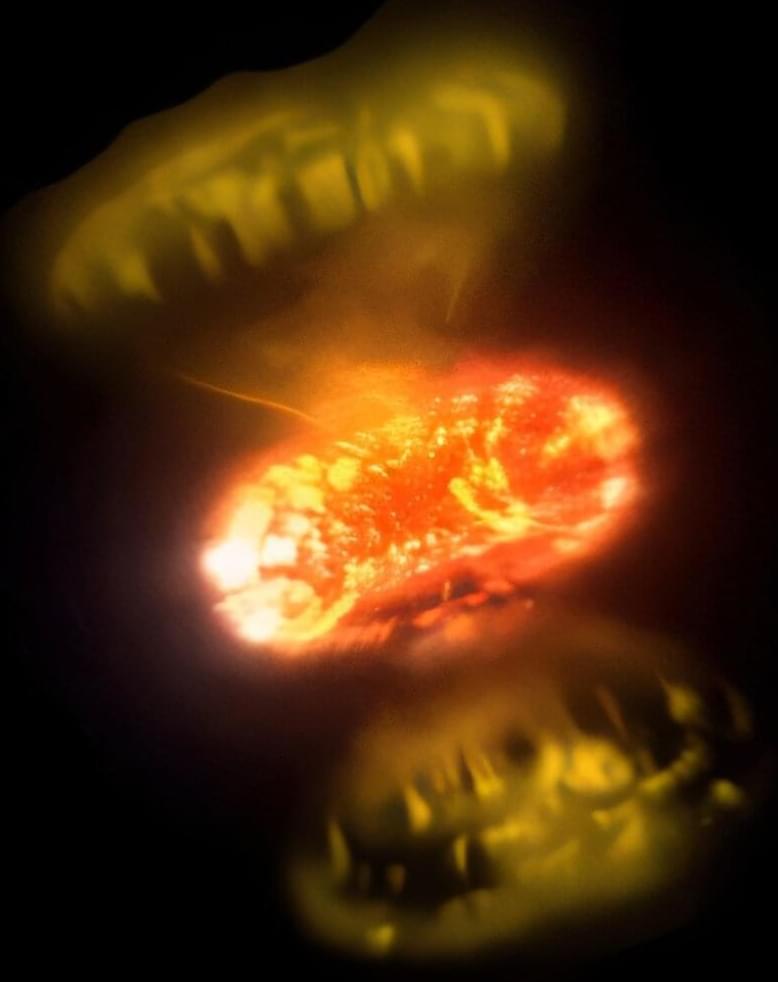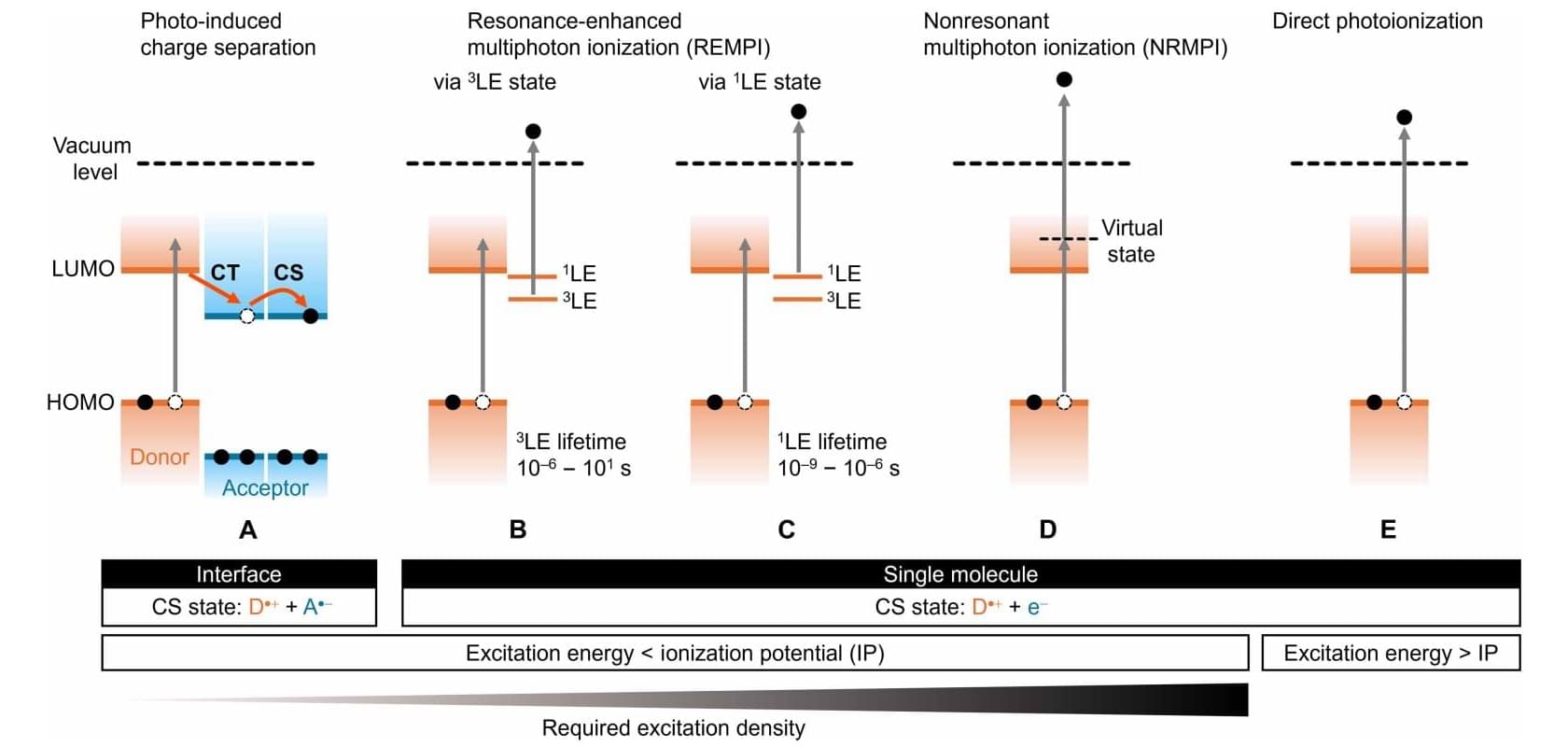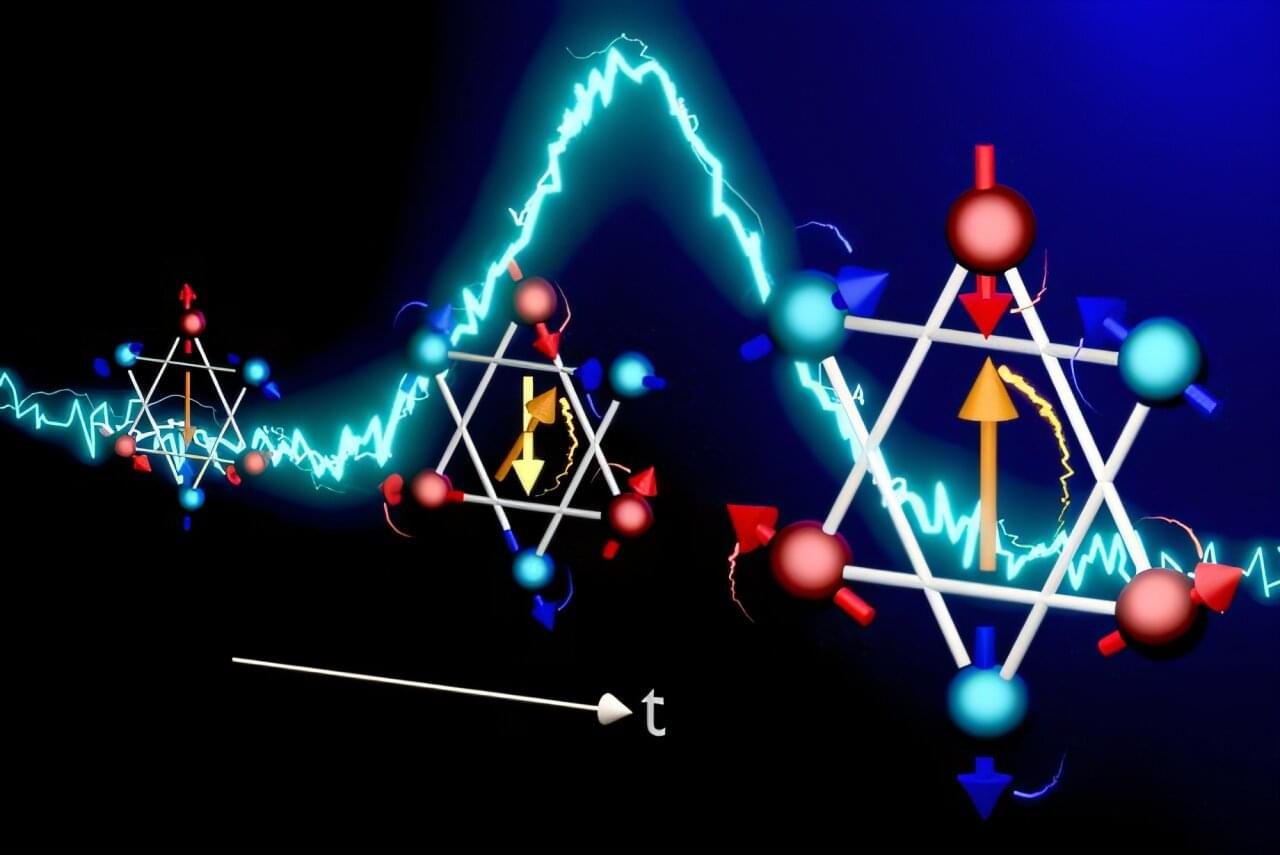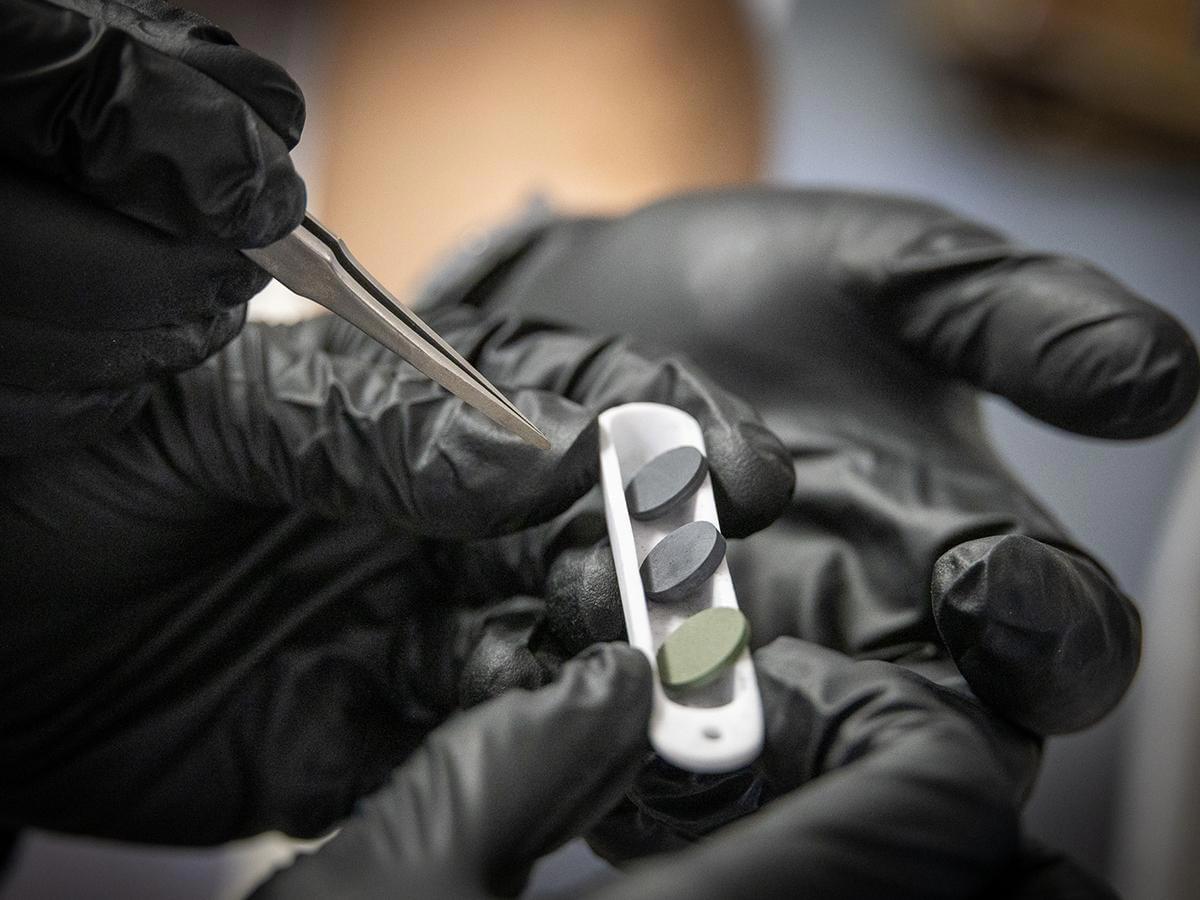Sometimes, less truly is more. By removing oxygen during the synthesis process, a team of materials scientists at Penn State successfully created seven new high-entropy oxides (HEOs)—a class of ceramics made from five or more metals that show promise for use in energy storage, electronics, and protective coatings.
“By carefully removing oxygen from the atmosphere of the tube furnace during synthesis, we stabilized two metals, iron and manganese, into the ceramics that would not otherwise stabilize in the ambient atmosphere,” said corresponding and first author Saeed Almishal, research professor at Penn State working under Jon-Paul Maria, Dorothy Pate Enright Professor of Materials Science.
Almishal first succeeded in stabilizing a manganese-and iron-containing compound by precisely controlling oxygen levels in a material he called J52, composed of magnesium, cobalt, nickel, manganese, and iron. Building on this, he used newly developed machine learning tools—an artificial intelligence technique capable of screening thousands of possible material combinations within seconds—to identify six additional metal combinations capable of forming stable HEOs.
Penn State scientists discovered seven new ceramics by simply removing oxygen—opening a path to materials once beyond reach.
During their experiments, the researchers also established a framework for designing future materials based on thermodynamic principles. Their findings were published in Nature Communications.
